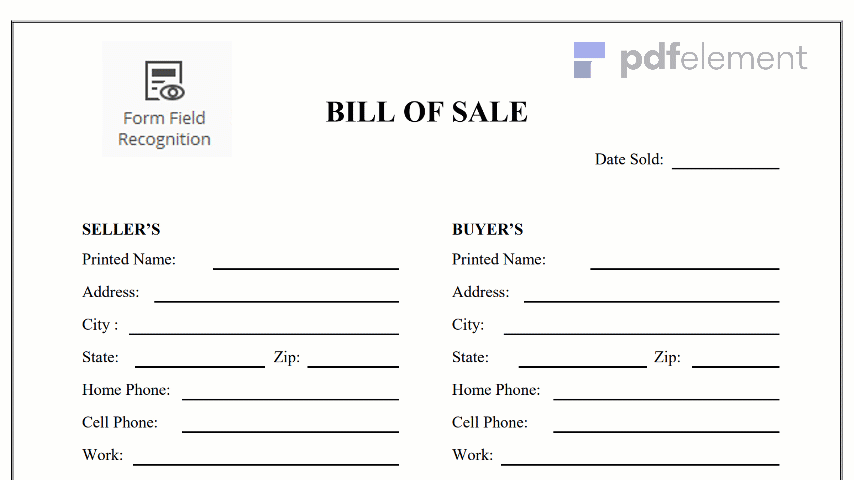
1. Set up a table that contains three columns using any software program. The first column contains the description of the information you are presenting, the next is a list of analyses and the third would be a list of additions. If you’re using business software made precisely for this purpose, you might just need to type in data when impelled by the software.
2. Make a title for the profit and loss statement. Write the name of the company on the first line, then "Income Statement" or "Profit and Loss" on the following line and lastly the time period it’s covering.
3. Write the net sales in the first row of the profit and loss statement.
4. Write information regarding the total amount of goods sold on the following few lines. You will just need this section if the business sells concrete goods. The price of the goods sold is the starting inventory value, minus the inventory used for personal freight and purposes, minus from the last value of inventory.
5. Compute your gross amount after the cost of items that are sold, if applicable. It’s the net sales subtracted by the cost of items that are sold.
6. List all the regular costs for the period on the next lines, which includes any employee and above prices. Add them altogether in order to get total costs.
7. Know the operating income on the following row of the table by subtracting total costs from the gross margin or net sales if the products are not sold. If possible, include any extra income or costs related to the business on the following couple of lines.
8. On the following line, compute your net income before taking income taxes into account, then subtract the taxes paid on the following line.
9. List your final net profit or loss on the final line of your profit and loss statement.
As its name suggests, the profit and loss statement calculates the profit or loss of a business throughout a certain period. A profit and loss statement summarizes the revenue for a period and deducts the expenses sustained for the same period to compute the profit or loss for the business.
1. The first step to take is to prepare a complete and right statement of profit and loss is setting income items on top of expenses. Examine the transactional data of the company and exhume everything about the sales, vendor rebates, and investment gains.
2. In the company's income statement’s "total expenses" category, you will see a hodgepodge of charges, running the range from material expenses and storing to shipping, office supplies, and rent.
3. Grouping income components distinctly from costs gives you a sense of success, showing you evidently how the recording company fared throughout a stated period.
4. Knowing the best way to prepare an income statement is very useful, but it is equally helpful to learn about the foursome of financial statements a business has to be published at year-end. On top of a statement of profit and loss, the company has to issue a statement of financial location, cash flows, as well as changes in equity of shareholders.